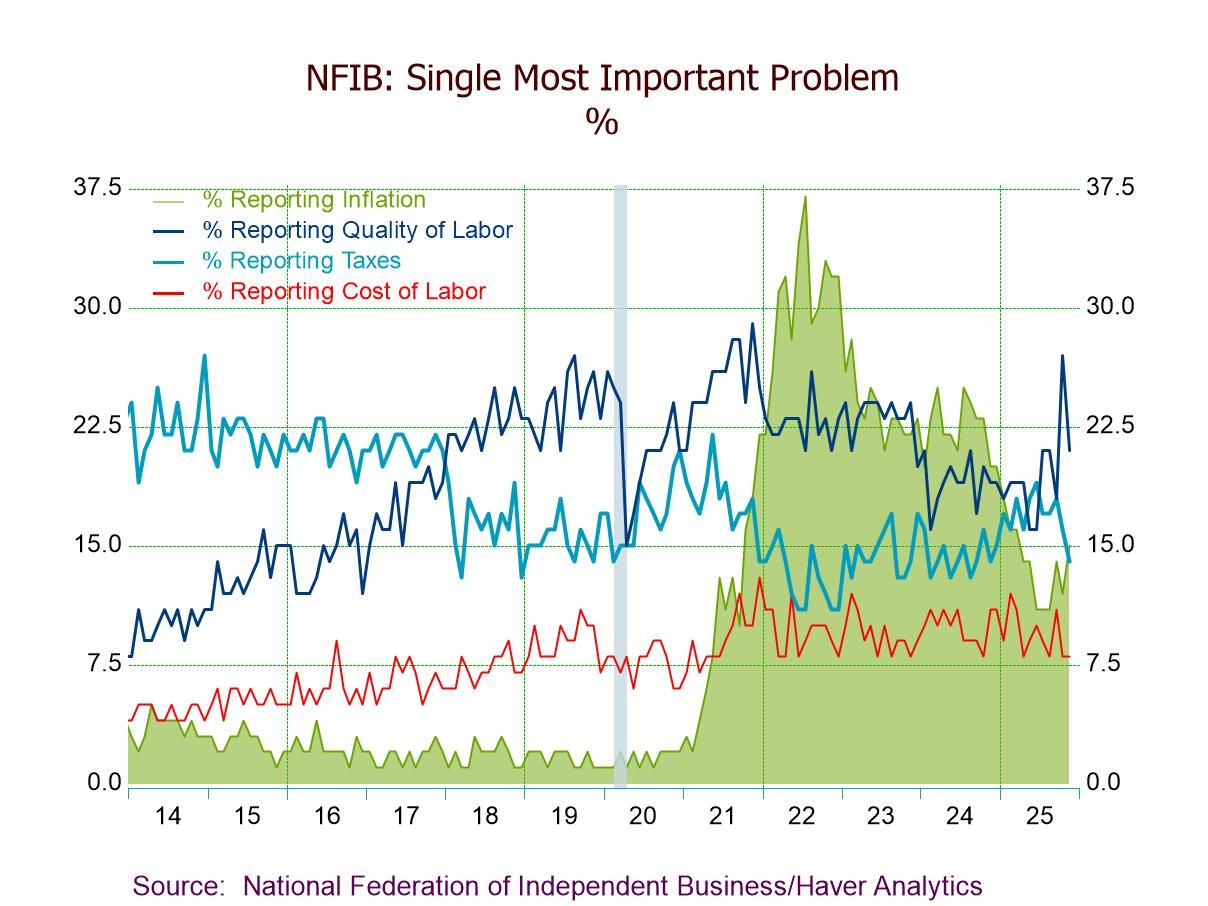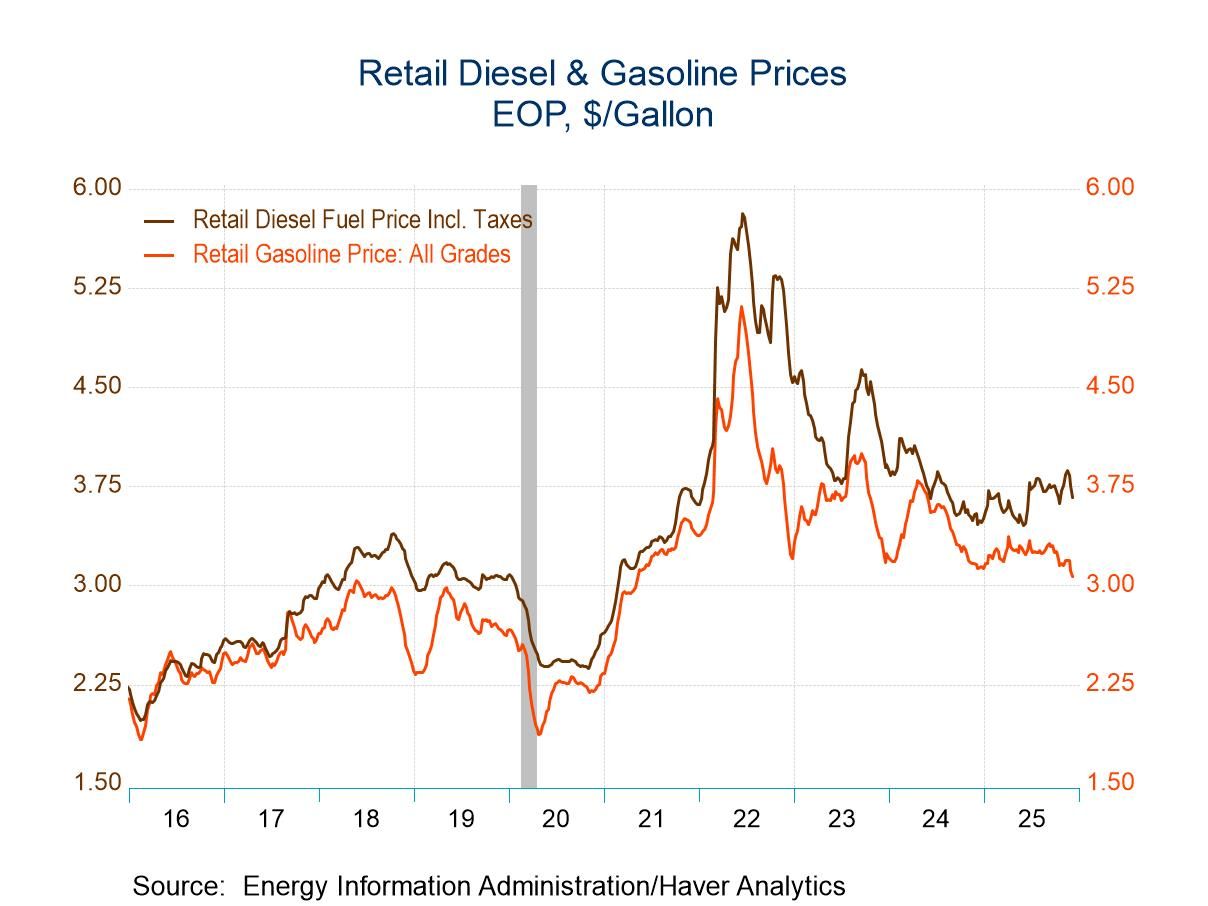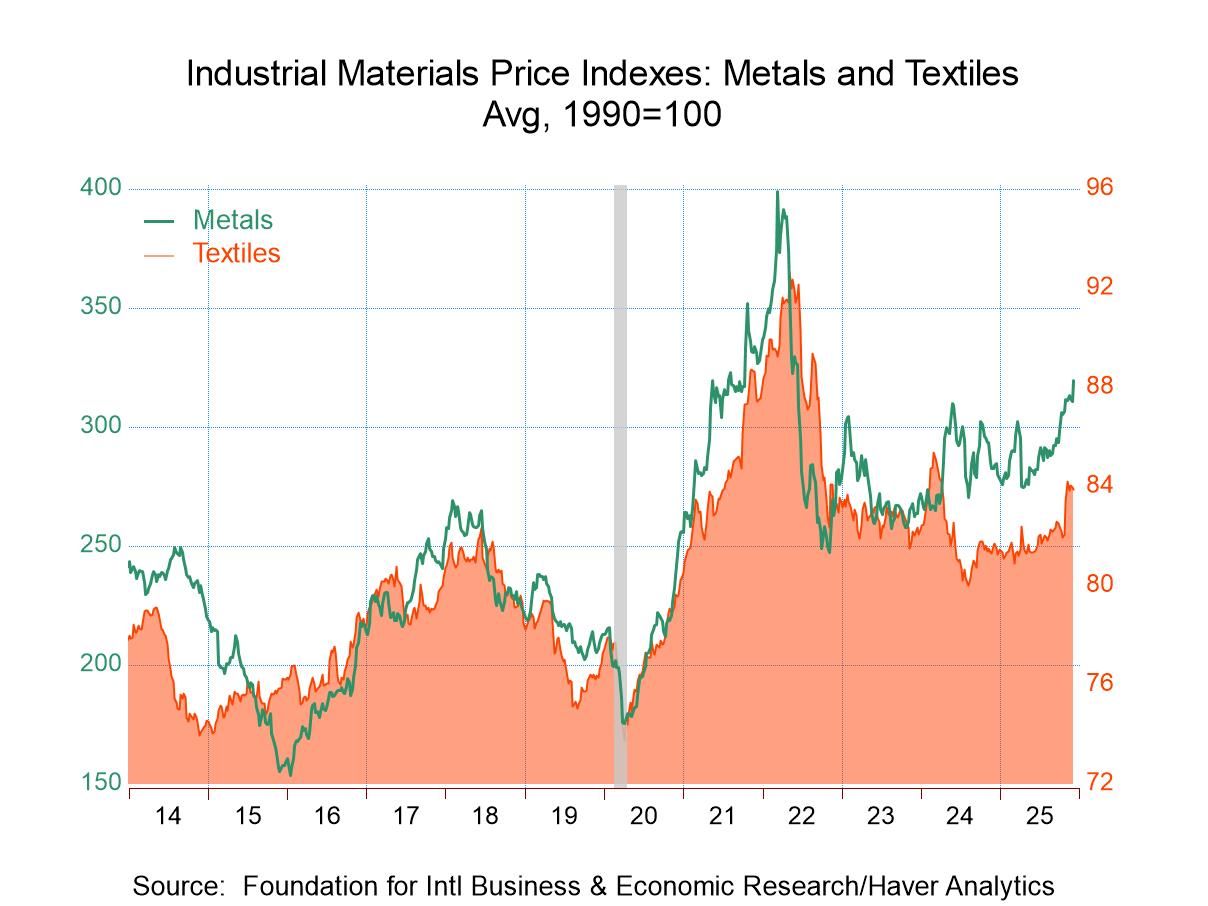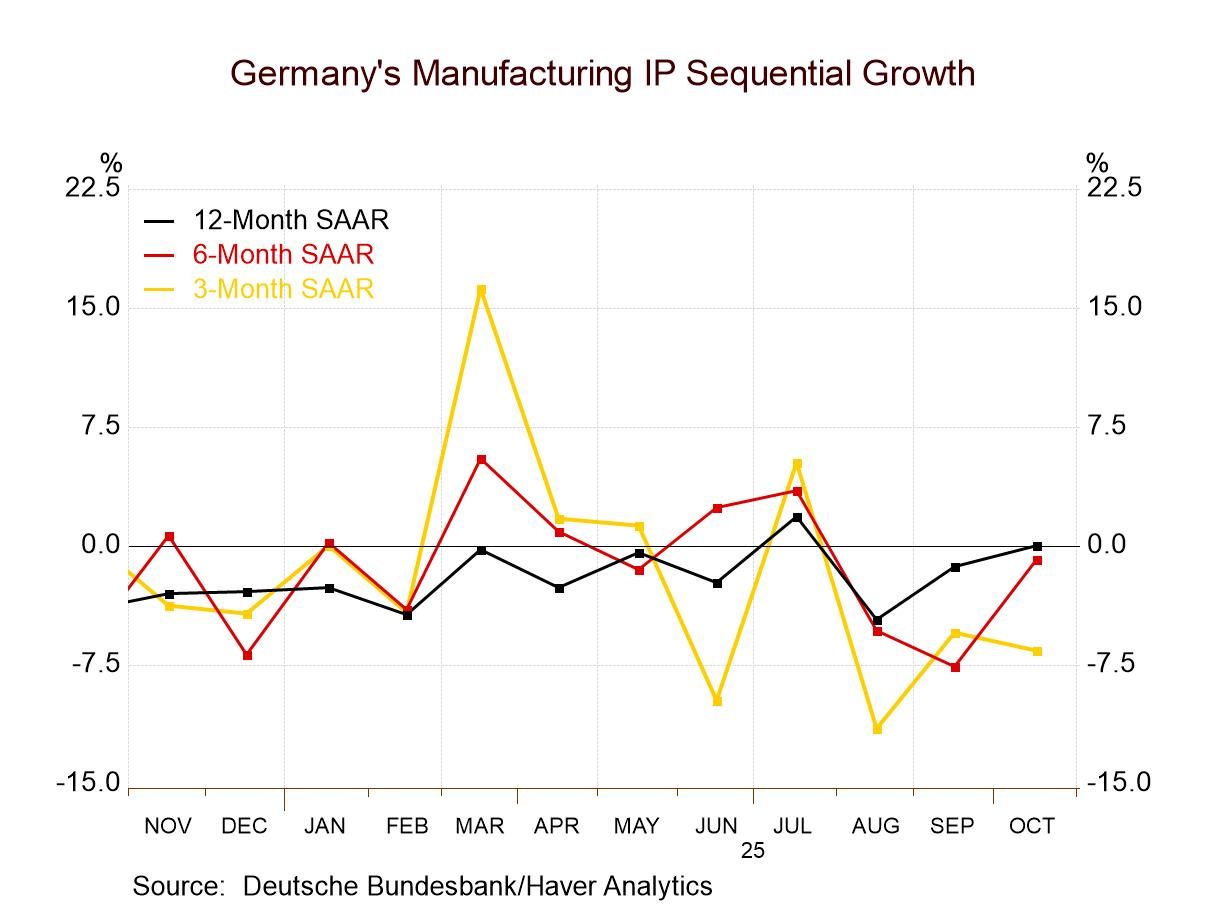 Global| Mar 16 2005
Global| Mar 16 2005UK Unemployment Rate Holds to 30-Year Low
Summary
UK labor market data published today show further evidence of strength in the UK economy. The unemployment rate remained steady at 4.7% for the 3 months surrounding December (i.e., November, December and January), the lowest since the [...]
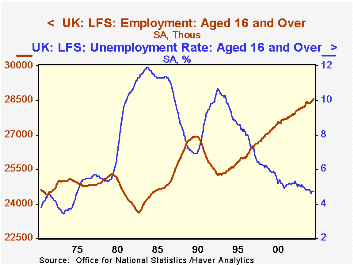
UK labor market data published today show further evidence of strength in the UK economy. The unemployment rate remained steady at 4.7% for the 3 months surrounding December (i.e., November, December and January), the lowest since the third quarter of 1975, nearly 30 years ago. The related "claimant count" was 813,300 in February, the lowest since June 1975.
Employment rose. The labor force measure, the number of people saying they have jobs, rose 46,000 to 28.57 million, a new high. This too is a 3-month centered moving average for December, compared to the November figure. The count of jobs in Q4 rose 126,000 to 30.53 million, reversing a dip in Q3.
Analysts today said they believe that the firm employment figures are not likely to prompt immediate monetary tightening by the Bank of England, since wage rates remained moderate. The average earnings index (AEI) for January (a 3-month moving average ending in January) was up 4.4% on a year ago, the same as the December figure. Despite some forecasts for a reduction to 4.2%, analysts based their expectation of steady monetary policy on a threshold of 4.5% that the Bank is said to use for consideration of interest rate increases.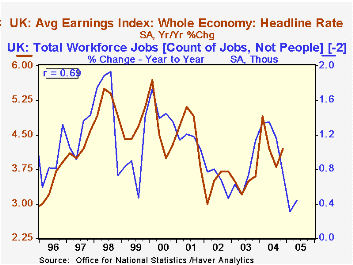
These wage rates and employment are linked, as seen in the second graph. Correlation over the last 10 years of the AEI with the year-on-year growth in workforce jobs has been positive and a notable 69% for the employment data with a two-quarter lead. Thus, as employment growth picks up, wages might be expected to accelerate some six months later; similarly, if employment growth slows, wage gains should diminish over time as well. This positive relationship with employment appearing to move ahead of wages suggests that the UK labor market is demand driven. A supply-oriented market would have wage movements leading employment.
| United Kingdom: All seasonally adjusted |
Feb 2005 | Jan 2005 | Dec 2005 | Nov 2005 | 2004 | 2003 | 2002 |
|---|---|---|---|---|---|---|---|
| Unemployment Rate (%) | 4.7* | 4.7* | 4.7 | 5.0 | 5.2 | ||
| Claimant Count (thous.) | 813 | 814 | 824 | 832 | 854 | 933 | 947 |
| Employment (mil.) | 28.57* | 28.52* | 28.44 | 28.18 | 27.91 | ||
| Change | +46K | +30K | +0.9% | +0.9% | +0.8% | ||
| Workforce Jobs | 30.53 (Q4) | 30.45 | 30.25 | 29.91 | |||
| Change | +126K vs. Q3 | +0.7 | +1.1 | +0.6 | |||
| Average Earnings Index "Headline Rate"** | 4.4 | 4.4 | 4.2 | 4.3 | 3.4 | 3.5 |
Carol Stone, CBE
AuthorMore in Author Profile »Carol Stone, CBE came to Haver Analytics in 2003 following more than 35 years as a financial market economist at major Wall Street financial institutions, most especially Merrill Lynch and Nomura Securities. She had broad experience in analysis and forecasting of flow-of-funds accounts, the federal budget and Federal Reserve operations. At Nomura Securities, among other duties, she developed various indicator forecasting tools and edited a daily global publication produced in London and New York for readers in Tokyo. At Haver Analytics, Carol was a member of the Research Department, aiding database managers with research and documentation efforts, as well as posting commentary on select economic reports. In addition, she conducted Ways-of-the-World, a blog on economic issues for an Episcopal-Church-affiliated website, The Geranium Farm. During her career, Carol served as an officer of the Money Marketeers and the Downtown Economists Club. She had a PhD from NYU's Stern School of Business. She lived in Brooklyn, New York, and had a weekend home on Long Island.


